Screens and eyesight
For many of us, an average day goes a little like this: we wake up, scroll through the news and social media on our phone. We get ready for work, travel, and then catch up with our emails once we’ve sat down. Work, work, work.
Fast-forward to hometime and we could be texting friends, shopping online, or looking for a recipe for Italian food. Maybe we’ll tune in to that new Netflix programme. Whatever it may be, you’re doing it on a screen. Add all that up, from morning to evening, and that is a lot of screen time.
It begs the question: how does screen time affect eyesight? Our eye health experts have done a little research to provide a clear and defined answer. Take a look!
But first, what’s the problem?
Before we go into the details, let’s look at the broader picture. The issue around screen time often starts with children, or the more aptly-named ‘digital natives’ (a term used to describe those born after the advent of smartphones, etc).
According to research by the Royal College of Paediatrics & Child Health, a typical day in the life of a child/young person (11-24 years of age) involves:
- 2.5 hours on a computer/laptop/tablet
- 3 hours on a smartphone
- 2 hours watching TV
The research also revealed some of the prevailing attitudes belonging to the children and young adults surveyed. Below, we have gathered together some examples of how these people feel about their screen time.
- 88% said that screen time had a negative impact on their sleep
- 1.5 hours was the average time spent on screens before actually falling asleep
- 41% said screen time had affected their play/fun
- 35% said that screen time had a negative effect on their mood/mental health
- 18% said screen time had a negative impact on their family time and schoolwork
So, therein lies the problem with screen time. It’s not just unhealthy for adults, but is potentially devastating for younger people growing up alongside today’s technology.
But anyway, we’re getting ahead of ourselves. Now you know why screen time is such a hotly-debated and worrying issue, we can get onto the main topic of our article.
How does screen time affect eyesight?
Looking at screens for prolonged amounts of time impacts our eyesight in many different ways. Firstly, when our eyes scroll through social media timelines, listicles, blogs, we tend to blink less. In fact, we blink half as much as our normal blink rate (around 15 a minute) when we’re on digital devices/computers.
When this goes on for a while, our eyes begin to feel the strain. They dry out, giving you any (or, if you’re unfortunate, all) of the following symptoms:
- Blurred vision
- Burning
- Irritation
- Tired eyes
- Headaches
- Eye strain
The amalgamation of the above symptoms have led to what is called ‘computer vision syndrome’. From eye strain to stress, computer vision syndrome refers to increasing levels of discomfort caused by prolonged computer use and exposure to digital screens.
But, how do screens affect eyesight?
Let us explain how it works. Though you might not think it, the symptoms of computer vision syndrome are not really caused by the screen. The problem is the blue light that users are exposed to.
What does ‘blue light’ really mean?
Sunlight is comprised of red, orange, yellow, green, indigo, and violet. When these colours are combined you get the white light we all see. The largest source of blue light is sunlight, and of all the colours blue has the most energy. This is why, before we could work out the time, our ancestors simply woke up as the sun came up.
Keep in mind that other sources of blue light include computer monitors, smartphones and tablet screens. This is the reason why we shouldn’t look at smartphones at bedtime! Exposed to the blue light of a smartphone, we’re essentially telling our brains that it is soon time to wake up and so our internal body clock begins to wind up (when really, you should be preparing to rest).
Blue light has so much energy that it will pass straight through our cornea until it reaches the retina. It’s no surprise then that it’s the cause of digital eye strain!
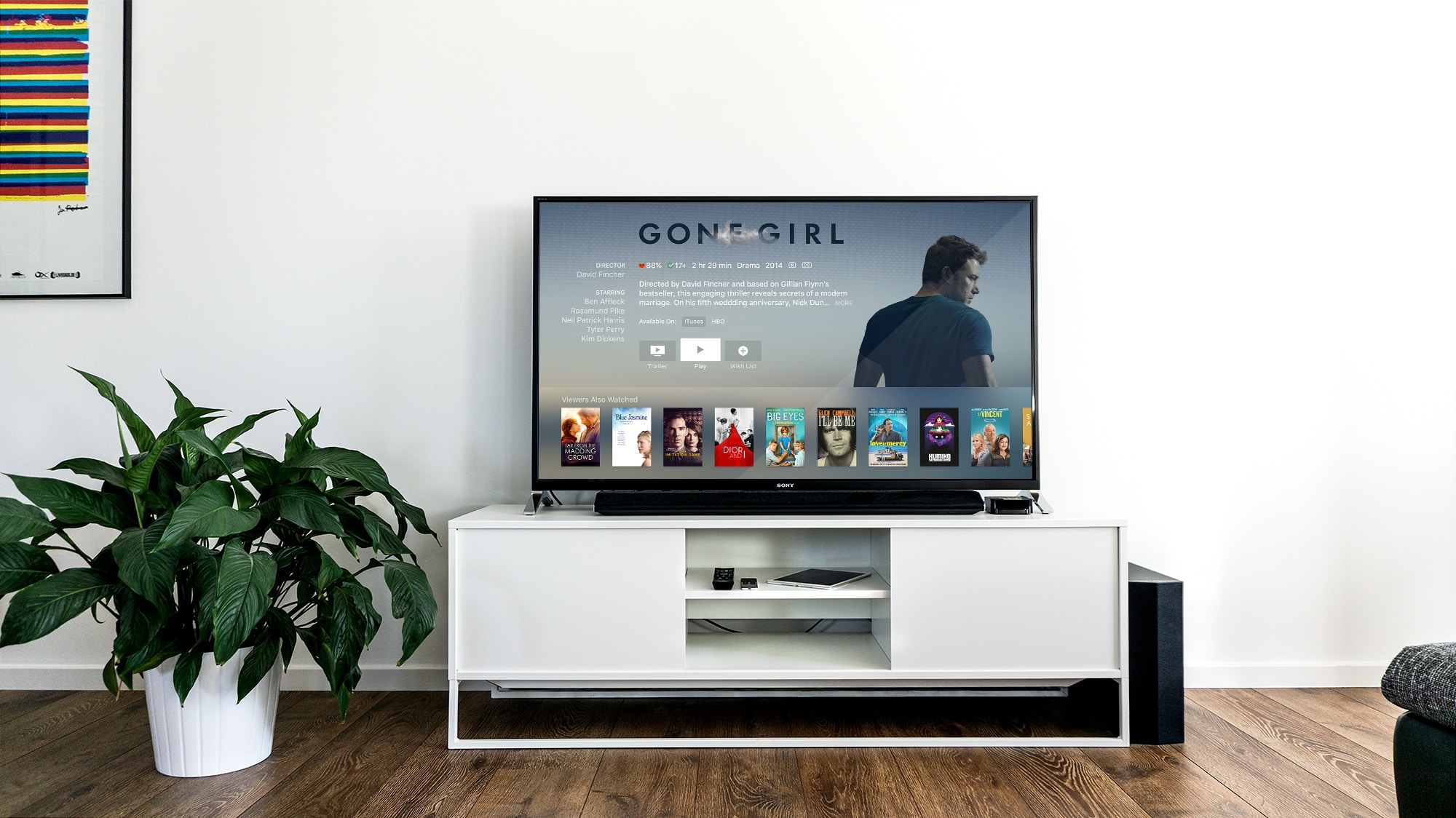
How to protect eyes from digital devices
In this next section, we’re going to provide tips on how to protect your eyes from the dangers of digital devices.
Decrease screen time
The most straightforward tip is to decrease the amount of time you spend in front of a screen. If this is easier said than done – maybe your job requires you to sit at a computer – then we recommend that you take frequent breaks so that you can give your eyes a break.
Download a screen filter
Whichever device you have, you’ll be able to use a screen filter that decreases the amount of blue light given off. It puts a very subtle orange filter over the device, around the time you’re relaxing for bedtime. iPhones have an in-built screen filter that can be found in the settings/preferences section.
Computer glasses
You can also get computer glasses that block blue light. They’re great for when you’re at work as they look completely normal (we thought they sounded a bit Terminator!). They’re very slightly yellow-tinted and increase contract to reduce eye strain. As part of our lens upgrades, you can add digitial media lenses at checkout!
Screen time FAQs
Before we go, we thought it’d be useful to leave you with some FAQs around screen time and eye health. Here you go! Remember that if you would like any more information, visit our blog section as it is packed full of insights and expert eye advice.
What is worse for our eyes, computer screens or phone screens?
Consider ‘screen time’ a term that encompasses all digital devices as they all affect the eyes in similar ways.
Does how far away the device screen is from your eyes impact or influence the damage?
It’s recommended that you sit at arms length from your computer. You should think about placing the screen so that your eyes are slightly looking downward so that the upper part of your eyelid protects your eye.
Are my eyes damaged permanently, or can I repair them over time?
As damaging as screens may be for our eyes, there is no recorded permanent damage that screens have inflicted on our eyesight. Preventative measures are important, such as taking regular breaks.
How much screen time is healthy?
There’s no easy answer to this one and it depends to what extent your devices are coming between you and your life, as well as the relationships between you and those around you. Are you struggling with sleep? Do you feel like a limb has been lost during times when you’re away from your smartphone? Do you find yourself scrolling while friends are talking to you? It may be time to reduce your screen time!
Eye health advice from experts
We have plenty of advice and guidance for eye health, so take a look at our blog section. We have blogs on eye health and driving, eye test advice, and improving your eyesight as well as our Try Before You Buy service and Face Shapes guide.
In the meantime, you can get in touch by emailing info@arlowolf.com. We’re happy to talk about men’s glasses, women’s glasses and everything in between
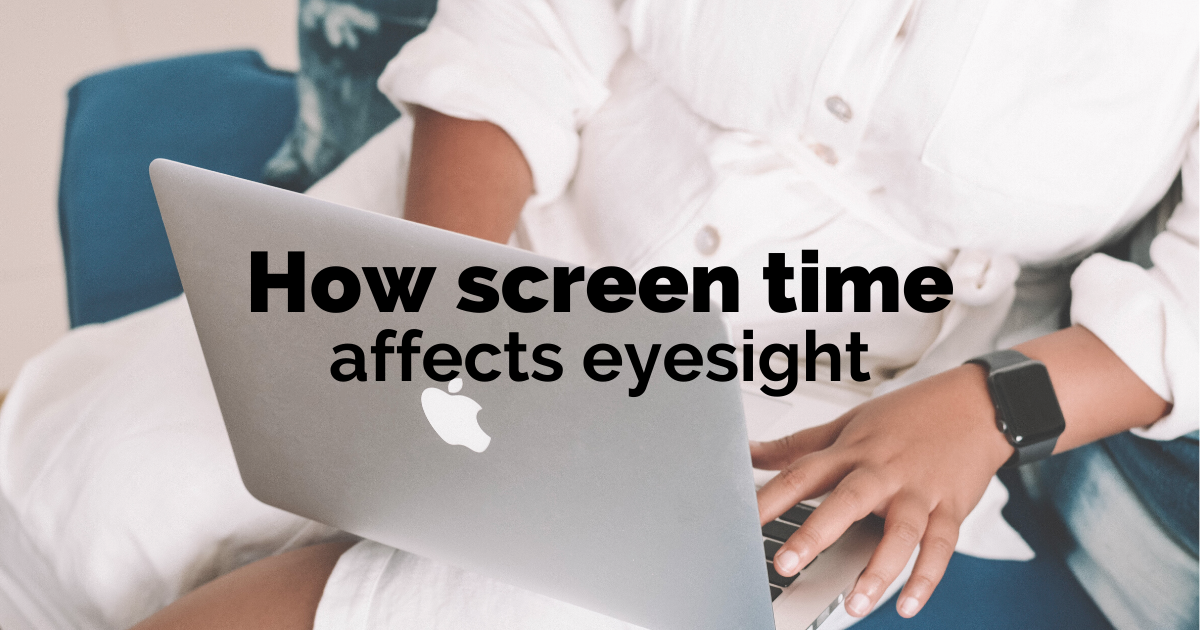
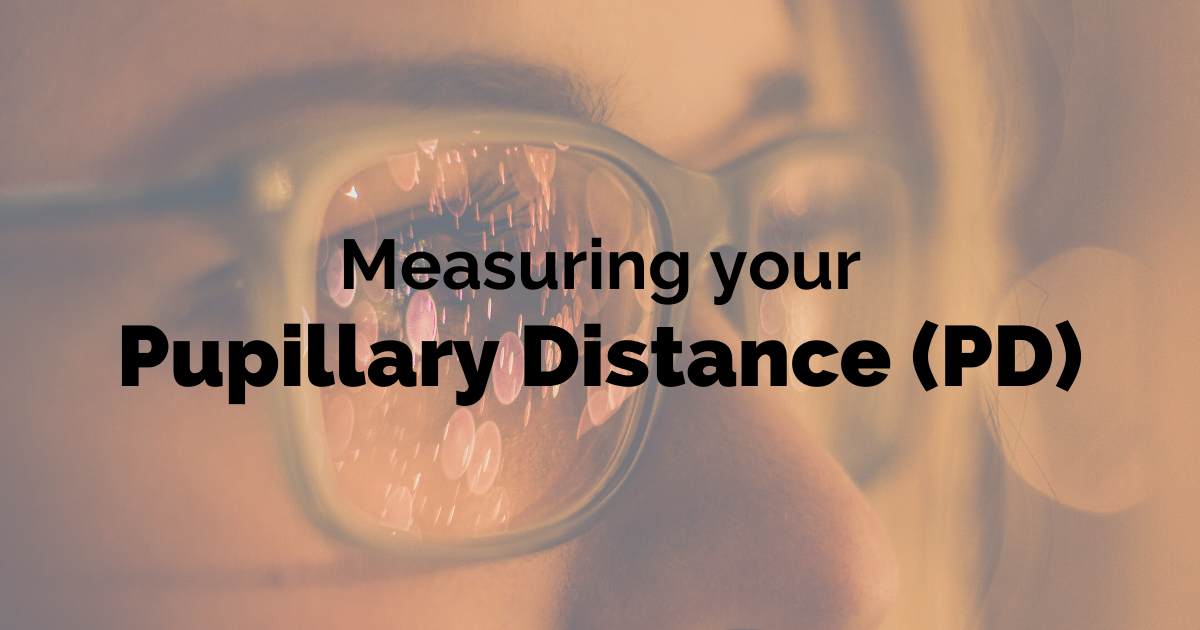 How to measure your Pupillary Distance (PD)
How to measure your Pupillary Distance (PD)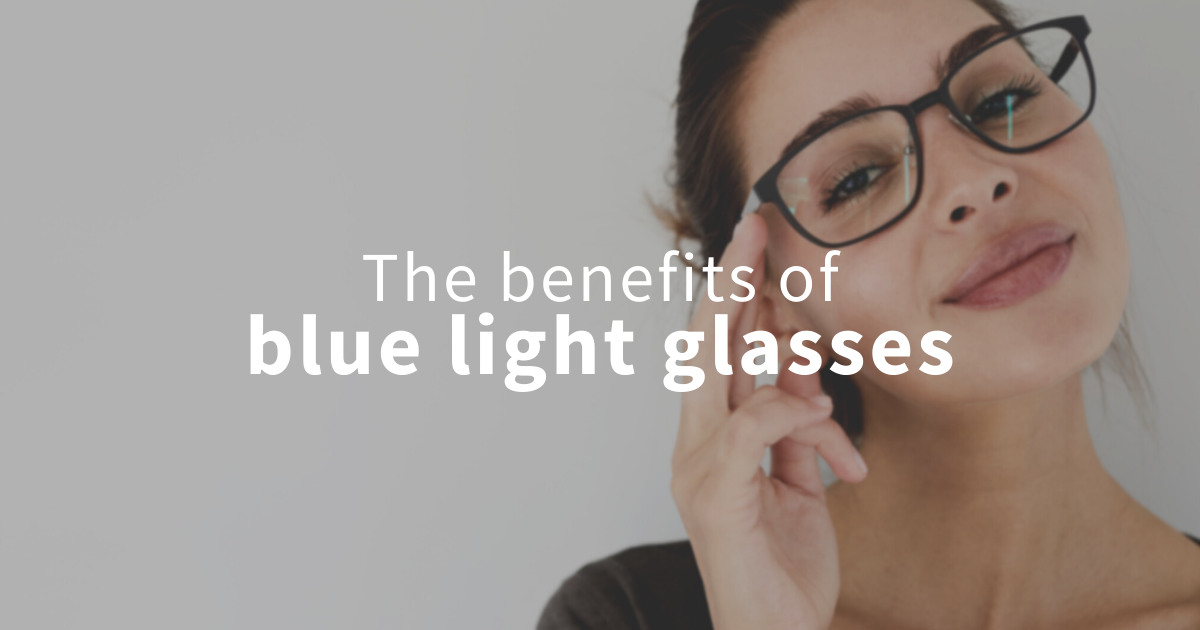 The benefits of blue light glasses
The benefits of blue light glasses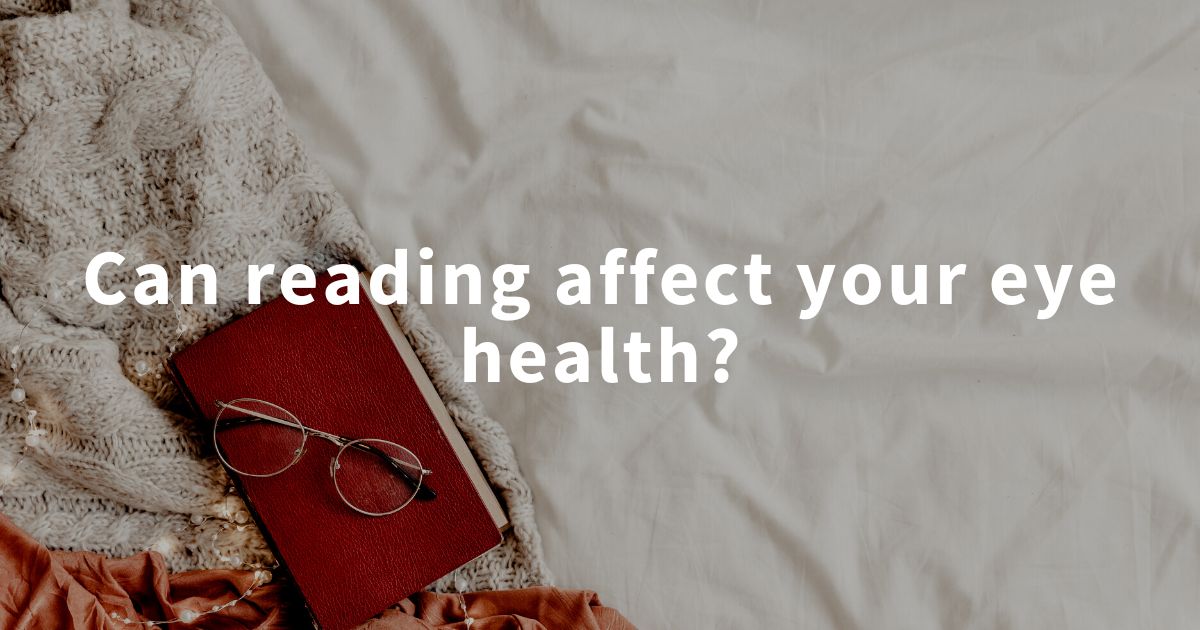 Can reading affect your eye health?
Can reading affect your eye health? Online eye test – Do you need glasses?
Online eye test – Do you need glasses?